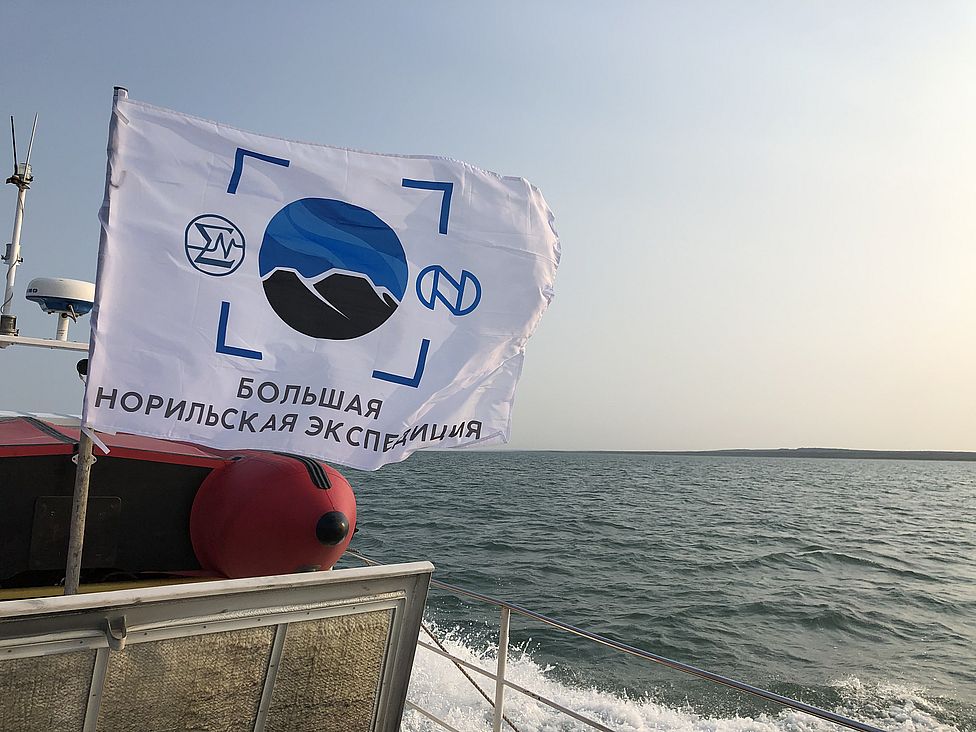#ARCTIC. #SIBERIA. THIS IS TAIMYR. The field work of the Large Scientific Expedition to study biodiversity, organized by the Russian Academy of Sciences Siberian Branch and Nornickel, has started.
Field teams are examining the locations of Nornickel’s production activity in Taimyr, ithe Yamal-Nenets Autonomous District, Transbaikalia, in the ports of Dudinka, Lesosibirsk, Krasnoyarsk and Murmansk, as well as along the Northern Sea Route. About a hundred specialists from seven research organizations are involved in the expedition.
“Since the time of the USSR, such large-scale field work has not been carried out. The most important task of the expedition is to collect disparate data obtained by zoologists, ornithologists, botanists, ichthyologists, soil scientists and so on into a single picture. Ecology is a multifaceted science of interactions both within living communities and between them, and our expedition is unique in its phenomenological nature, that is, it will study communities of organisms at various levels of organization”, said the Large Scientific Expedition head, the Russian Academy of Sciences Siberian Branch’s Systematics and Ecology of Animals Institute director Victor Glupov.
Scientists are faced with the task of assessing the impact of human activity not on individual species and their groups, but on the complexes that make up ecosystems, and to assess biodiversity as a whole. Scientists will apply both proven and innovative technologies in field work.
Recall that the Large Scientific Expedition on Biodiversity is a continuation of the joint work of Nornickel and the Siberian Branch of the Russian Academy of Sciences, which started in 2020. Last year, scientists from 12 scientific organizations carried out a thorough study of the Taimyr water bodies and soils state. In 2021, the Great Norilsk Expedition was nominated for the prestigious Crystal Compass Prize of the Russian Geographical Society.
Follow us on Telegram, VKontakte.
Text: Angelica Stepanova, Photo: editorial archive








